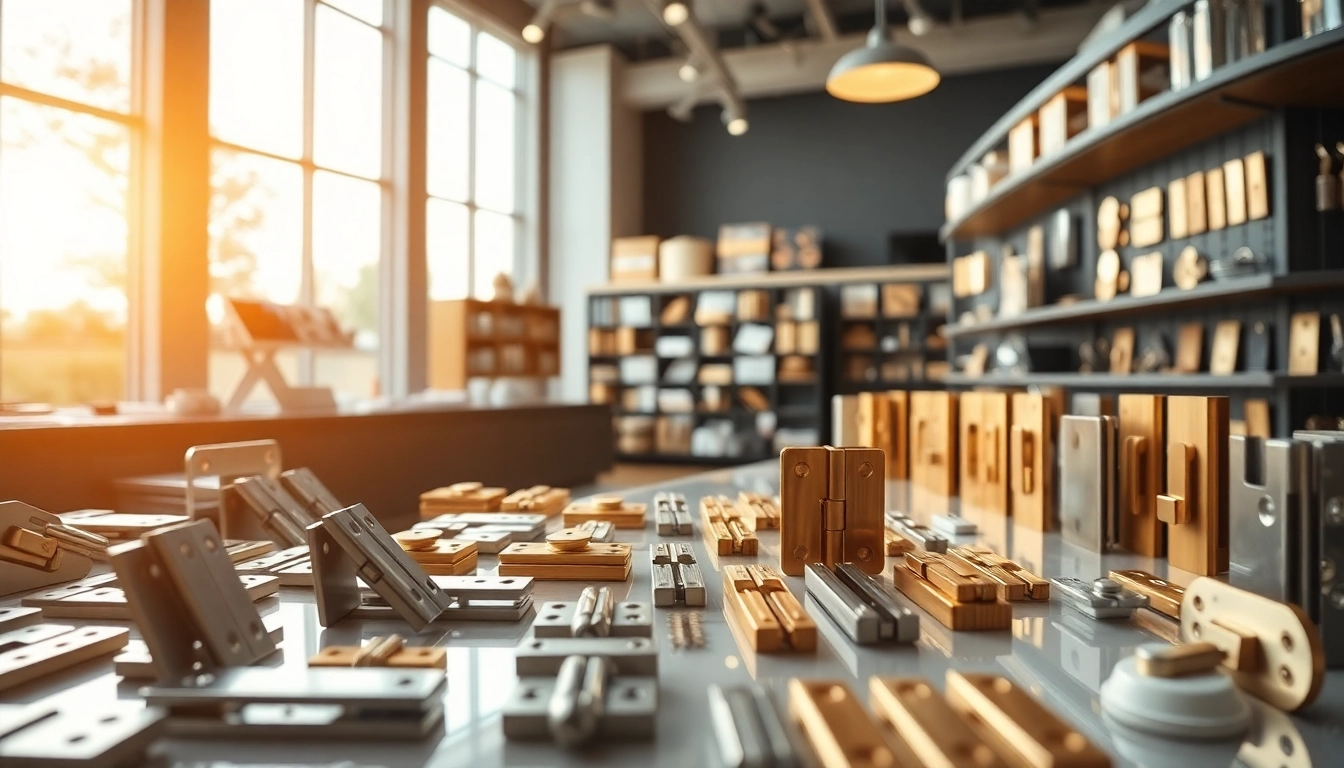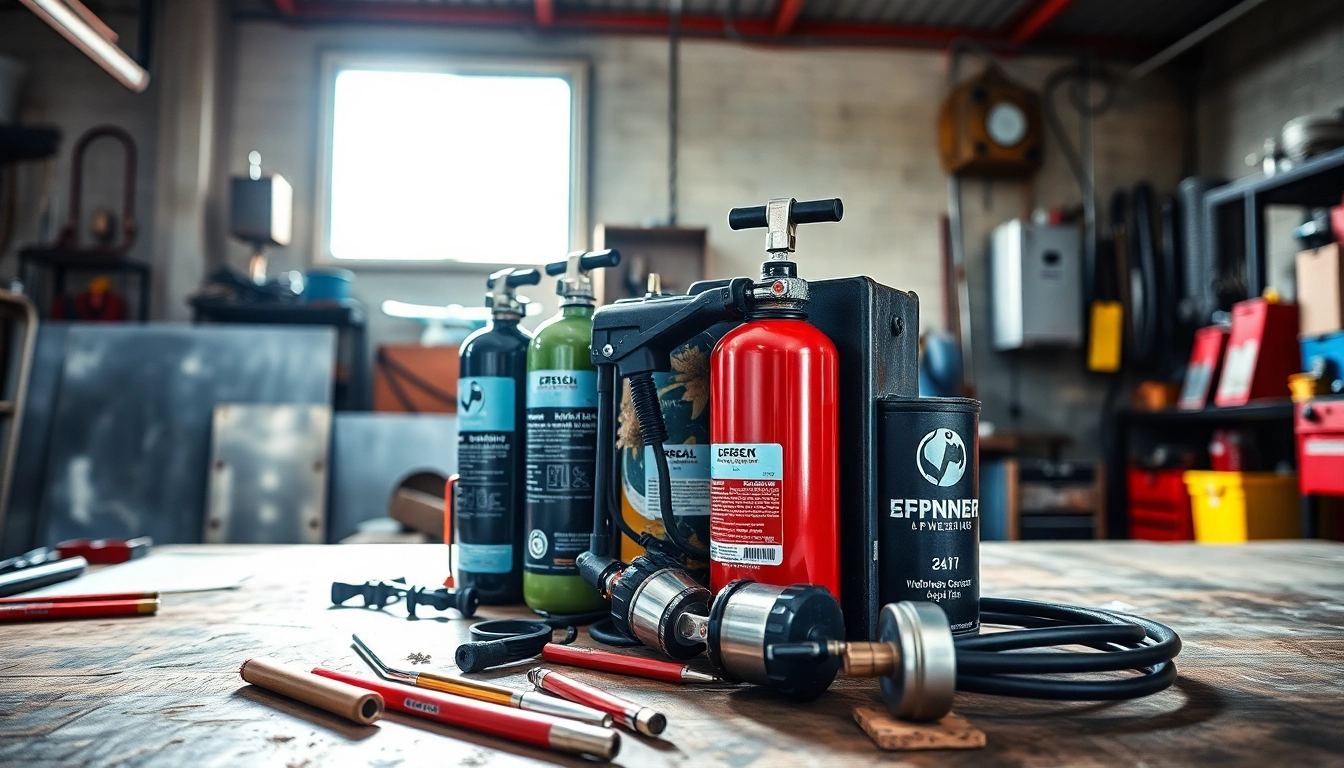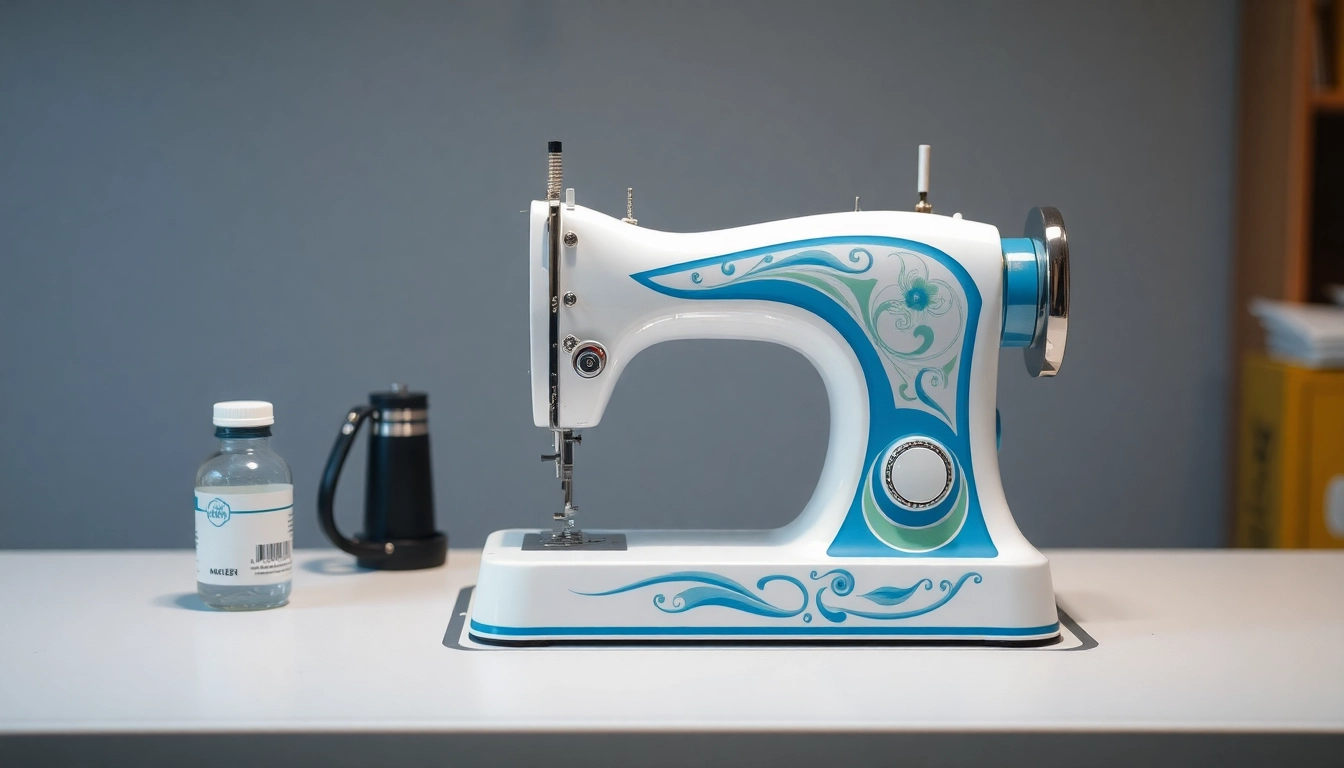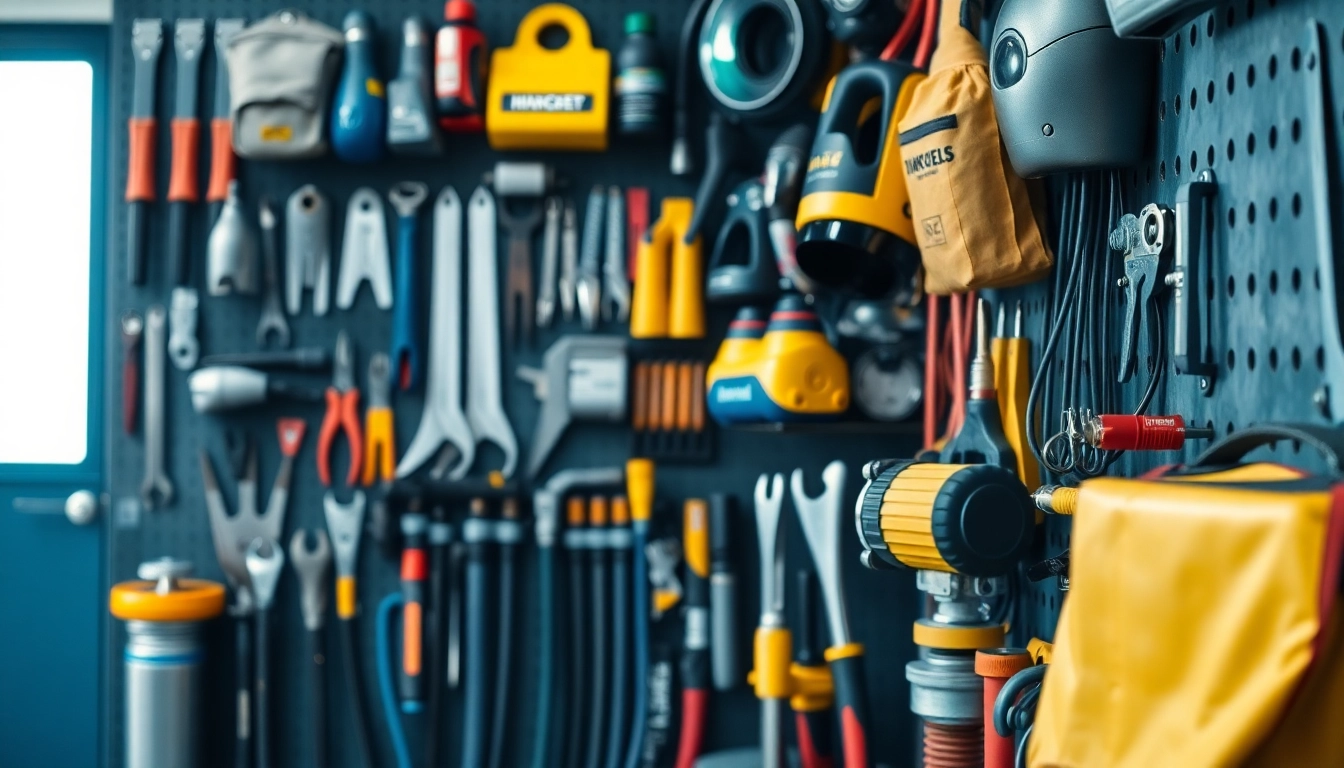Understanding Hinge Types and Applications
Hinges are critical components in everyday life, present in doors, cabinets, and machinery. They play an essential role in ensuring that these objects can rotate or swing smoothly. Choosing the right hinge type is not just about aesthetics; it also involves factors such as functionality, weight, and durability. This guide provides comprehensive insights into various hinge styles, materials, and their common applications to help you make informed selections when sourcing from a Hinge Supplier.
Overview of Various Hinge Styles
Hinges come in numerous styles, each designed for specific applications. Here are some of the most common types:
- Butt Hinges: One of the most prevalent types used in residential doors. They consist of two plates: one attached to the door and the other to the frame.
- Continuous Hinges: Also known as piano hinges, they run the entire length of the door, providing great strength and stability, ideal for heavy doors.
- Spring Hinges: These are designed to automatically close doors after they have been opened, making them ideal for safety applications.
- Overlay Hinges: Used primarily for cabinets, these hinges allow the door to overlap the cabinet frame.
- Pivot Hinges: Often used in commercial settings, these allow doors to pivot from a single point at the top and bottom of the door.
Material Choices: From Brass to Stainless Steel
The choice of material for hinges is crucial for performance and durability. Common materials include:
- Brass: Known for its corrosion resistance and aesthetic appeal, brass is often used in decorative applications.
- Stainless Steel: Offers superior strength and durability. It is ideal for industrial applications where hinges are exposed to moisture or chemicals.
- Aluminum: Lightweight and resistant to rust, aluminum is often chosen for its ease of installation and cost-effectiveness.
- Plastic: Used in low-load applications, plastic hinges are lightweight and resistant to corrosion, but are generally less durable than metal options.
Common Uses for Each Hinge Type
Understanding the specific applications for each hinge type can greatly influence your choice:
- Butt Hinges: Frequently used in interior and exterior doors, ranging from residential to commercial buildings.
- Continuous Hinges: Perfect for heavy doors or those that receive high volumes of traffic, like in schools or warehouses.
- Spring Hinges: Common in fire doors and any application where automatic closing is required.
- Overlay Hinges: Ideal for kitchen cabinets and furniture where seamless opening is desired.
- Pivot Hinges: Frequently found in showroom displays and glass doors in retail environments.
Identifying Quality Hinge Suppliers
When it comes to purchasing hinges, finding a reliable supplier is just as important as choosing the right product. Here are essential criteria to consider in your search:
Criteria for Selecting a Reliable Hinge Supplier
A reliable hinge supplier should demonstrate the following:
- Reputation: Look for suppliers with a solid track record in the industry.
- Product Range: A diverse selection of hinge types and materials can offer better options for different applications.
- Quality Assurance: Suppliers should adhere to recognized industry standards and provide warranties for their products.
- Customer Reviews: Positive testimonials and customer experiences can provide insight into a supplier’s reliability.
Reviewing Supplier Certifications and Standards
Verified certifications indicate the supplier’s commitment to quality. Here are a few industry standards to look for:
- ISO 9001: Certification that demonstrates a supplier’s quality management system is consistent and meets international standards.
- ANSI/BHMA: This indicates compliance with specified performance standards for commercial hardware.
- RoHS Compliance: Ensures electronic components within product lines are free from hazardous substances.
Importance of Customer Support from Suppliers
Customer support is a crucial factor when selecting a hinge supplier. Consider the following:
- Pre-sales Support: Suppliers should provide expert advice on hinge selection based on your specific needs.
- Post-sales Service: A reliable supplier ensures ongoing support with installation, maintenance, and warranty inquiries.
- Communication Channels: Look for suppliers offering various avenues for contact, including phone, email, and chat support.
Benefits of Sourcing from Local vs. International Suppliers
The decision between local and international suppliers can significantly impact your project’s overall quality and cost. Each option has its distinct advantages and drawbacks:
Cost Implications for Local Hinge Suppliers
When sourcing locally, consider these financial aspects:
- Shipping Costs: Local suppliers can often deliver at lower or no shipping costs, particularly for smaller orders.
- Pricing Variability: Local suppliers may have different pricing structures, sometimes leading to premium costs but also offering higher value due to reliability.
- Impact on Local Economy: Sourcing locally supports community businesses, potentially reinvesting in the local economy.
Quality Control in International Sourcing
International suppliers may offer a wider selection of high-quality products, but consider the following challenges:
- Inspection Procedures: Ensure that the supplier adheres to strict quality control measures and is transparent about testing methodologies.
- Understanding Specifications: Language barriers and differences in industry standards can complicate the assurance of product quality.
- Regulatory Compliance: Verify that the supplier follows import regulations and standards applicable in your country.
Delivery Times and Their Impact on Projects
Timeliness is crucial for any project involving hinges. Consider these factors:
- Lead Times: Local suppliers tend to offer faster delivery due to proximity and established logistics channels.
- International Shipping Delays: Global logistics can introduce unforeseen transport delays, impacting project timelines.
- Just-in-Time Inventory: Maintain optimum stock levels with local suppliers to mitigate risks associated with delays from international sourcing.
Negotiating Terms with Hinge Suppliers
Once you identify your suppliers, effective negotiation can yield favorable terms for both parties. Here’s how to structure your negotiations:
Understanding Pricing Models and Discounts
Suppliers may use various pricing structures, including:
- Wholesale Pricing: Often available for bulk purchases, this structure can significantly reduce per-unit costs.
- Tiered Pricing: This model offers discounts based on the volume of orders placed, encouraging larger purchases.
- Promotional Discounts: Keep an eye out for seasonal promotions and discounts that suppliers may offer periodically.
Shipping and Delivery Agreements
Ensuring clarity in shipping agreements is vital to avoid unexpected costs or delays:
- Free Shipping: Ask if the supplier offers free shipping for orders above a specific amount.
- Delivery Tracking: Reliable suppliers provide updates and tracking to monitor shipments effectively.
- Shipping Insurance: Inquire about insurance options for valuable or large orders to safeguard against loss or damage.
Return Policies and Warranty Considerations
Understanding the return process and warranty can save time and money:
- Return Period: Ensure that the supplier provides a reasonable period for returns, allowing you to assess the product’s fit for your use.
- Defective Product Policies: Familiarize yourself with how the supplier handles defective items and what recourse you have.
- Warranty Length: Warranties can vary significantly, and it’s critical to have documentation regarding what is covered.
Trends and Innovations in the Hinge Industry
The hinge industry is evolving with advancements that enhance both functionality and sustainability. Here are current trends and innovations to watch:
Smart Hinges: The Future of Door Hardware
Smart technology is infiltrating the hinge market, leading to various innovations:
- Electronic Locking Mechanisms: Some modern hinges incorporate electronic locking features for enhanced security.
- Remote Operation: Smart hinges allow remote door operation via mobile applications, increasing convenience for users.
- Integrated Sensors: Certain hinges now include sensors that notify users of door status, providing additional security and monitoring.
Sustainable Practices by Leading Hinge Suppliers
With increasing environmental awareness, many hinge suppliers are adopting sustainable practices:
- Using Recyclable Materials: Suppliers are increasingly sourcing materials that are not only durable but also recyclable.
- Reducing Carbon Footprint: Some companies invest in eco-friendly production methods, reducing energy consumption during manufacturing.
- Implementing Sustainable Packaging: Minimizing plastic and using biodegradable packaging aligns with green practices.
Market Trends Influencing Hinge Designs
As consumer preferences evolve, so too do hinge designs:
- Aesthetics and Customization: Customers are seeking more personalized designs to match their architectural styles, driving suppliers to offer customizable options.
- Research and Development: Firms are investing in R&D to create more durable and efficient hinge designs suitable for advanced applications.
- Focus on User Experience: Implementing feedback from users has become fundamental in designing hinges that prioritize ease of installation and operation.















Leave a Reply